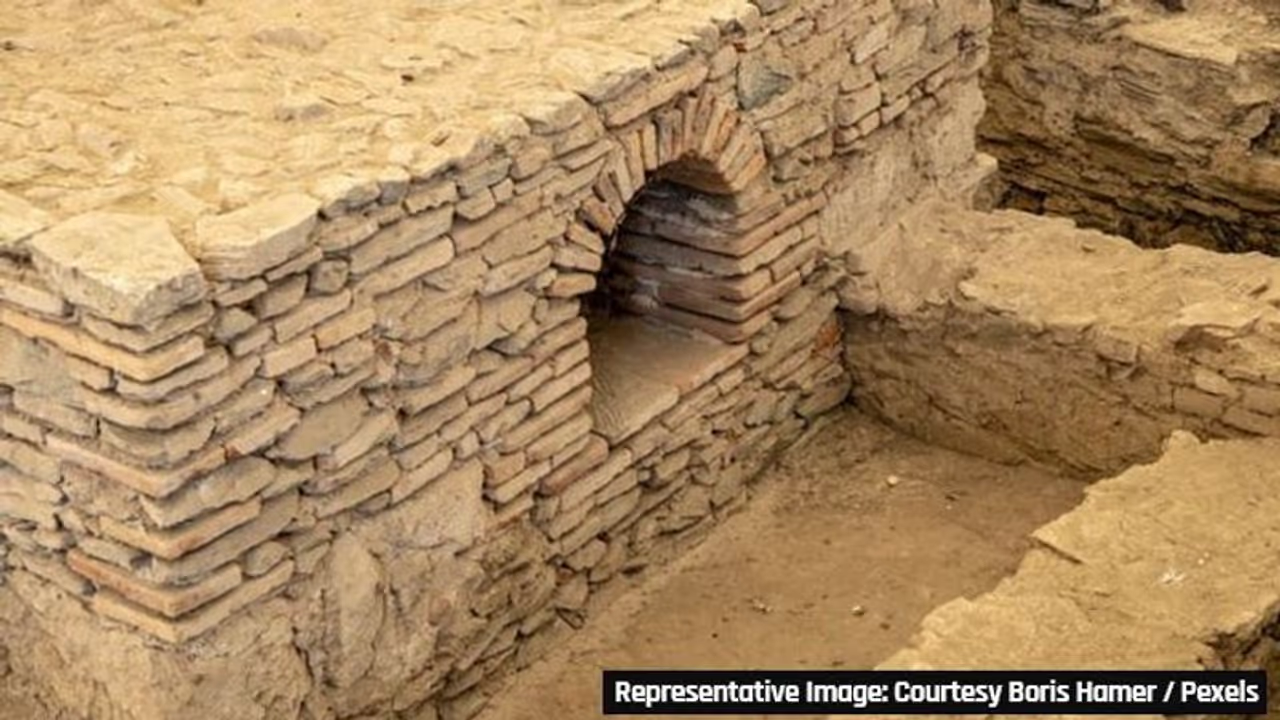The research in Vadnagar, PM Modi's native village, reveals evidence of cultural continuity dating back to 800 BCE, challenging the narrative of a 'Dark Age' following the collapse of the Harappan civilization. The excavation uncovers a multicultural settlement with seven cultural stages
A collaborative study by the Indian Institute of Technology (IIT Kharagpur) has unearthed evidence of cultural continuity in Vadnagar, the native village of Prime Minister Narendra Modi, challenging the traditional narrative of a "Dark Age" following the collapse of the Harappan civilization. Led by the Archaeological Survey of India (ASI) and supported by various scientific institutions, the research indicates the presence of a human settlement dating back to 800 BCE, concurrent with the late-Vedic/pre-Buddhist Mahajanapadas or oligarchic republics.

The study, titled "Climate, Human Settlement, and Migration in South Asia from Early Historic to Medieval Period: Evidence from New Archaeological Excavation at Vadnagar, Western India," was published in the Elsevier journal Quaternary Science Reviews. According to the findings, the rise and fall of different kingdoms over a 3,000-year period, as well as recurrent invasions by central Asian warriors, were influenced by severe climate changes such as rainfall or droughts.
The excavation, funded by the Directorate of Archaeology and Museums (Government of Gujarat) for the development of India's first experiential digital museum in Vadnagar, unveiled a multicultural and multireligious settlement. The seven cultural stages discovered, ranging from Mauryan to Gaekwad-British colonial rule, highlight the city's enduring history.
Dr Abhijit Ambekar, an ASI archaeologist and co-author of the paper, stated, "Vadnagar was a multicultural and multireligious settlement, revealing various cultural periods and the presence of one of the oldest Buddhist monasteries. Artefacts such as potteries, copper, gold, silver, iron objects, intricately designed bangles, and coin moulds from the Indo-Greek rule were uncovered during the excavation."
The findings challenge the conventional depiction of a Dark Age between the Indus Valley Civilisation's collapse and the emergence of the Iron Age, suggesting cultural continuity in India for the last 5500 years. Prof Anindya Sarkar of IIT Kharagpur, the lead author, highlighted that recent radiocarbon dates indicate a settlement as old as 1400 BCE, challenging the perception of a Dark Age as a myth.
The timeframe between the collapse of the Indus Valley Civilisation approximately 4,000 years ago (early 2nd millennium BCE) and the subsequent emergence of the Iron Age, along with cities such as Gandhar, Koshal, and Avanti (6th-5th century BCE), has been traditionally referred to as the 'Dark Age' by some archaeologists due to the scarcity of records. One of the earliest records is the rock inscription of Emperor Ashoka during the Mauryan period (320-185 BCE) at Sudarsana Lake, Girnar Hill, Gujarat.
Researchers, including Ravi Bhushan and Navin Juyal from the Physical Research Laboratory, conducted meticulous dating of archaeological periods and events at the excavation site. The radiocarbon dates indicate that Vadnagar successively came under the rule of the Indo-Greeks (till 100 CE), Indo-Scythians or Shakas known as Kshatrapa kings (till 400 CE), Maitrakas (Gupta kingdom), Rashtrakuta-Pratihara-Chawada kings (till 930 CE), Solanki kings (Chalukya rule till 1,300 CE), Sultanate-Mughals (1680 CE), and Gaekwad/British.
Bhushan remarked, "The modern city of Vadnagar lies on the mound below which pages of history are buried."
Also Read: Six Years of Startup India: Did you know every second startup has a woman director?
